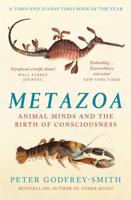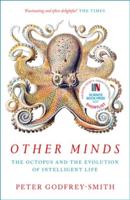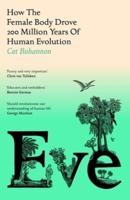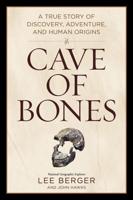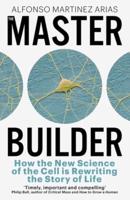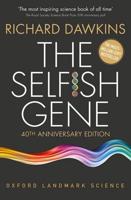Publisher's Synopsis
Excerpt from Ornithology
Two years after Ray's death, linn-nos, the great reformer of Natural History, was born, and in 1735 ap peared the first edition of the celebrated Systema Nat-urea. Successive editions of this work were produced under its author's supervision in 1740, 1748, 1758, and 1766. Impressed by the belief that verbosity was the bane of science, he carried terseness to an extreme which frequently created obscurity, and this in no branch of zoology more than in that which relates to Birds. Still the practice introduced by him Of assigning to each species a diagnosis by which it ought in theory to be distinguishable from any other known species, and of naming it by two words - the first being the generic and the second the specific term, was so manifest an improvement upon any thing which had previously obtained that the Linnaean method of differ entiation and nomenclature established itself before long in spite of all Opposition, and in principle became almost universally adopted. The opposition came of course from those who were habituated to the older state of things, and saw no evil in the cumbrous, half-descriptive half designative titles which had to be employed whenever a species was to be spoken of or written about. The supporters of the new method were the rising generation of naturalists, many of whose names have since become famous, but among them were some whose admiration of their chief carried them to a pitch of enthusiasm which now seems absurd. Careful as Linnaeus was in drawing up his definitions of groups, it was immediately seen that they occasionally were made to comprehend creatures whose characteristics contradicted the prescribed diagnosis. His chief glory lies in his having reduced, at least for a time, a chaos into order, and in his showing both by precept and practice that a name was not a definition. In his classifica tion of Birds he for the most part followed Ray, and where he departed from his model he seldom improved upon it.
About the Publisher
Forgotten Books publishes hundreds of thousands of rare and classic books. Find more at www.forgottenbooks.com
This book is a reproduction of an important historical work. Forgotten Books uses state-of-the-art technology to digitally reconstruct the work, preserving the original format whilst repairing imperfections present in the aged copy. In rare cases, an imperfection in the original, such as a blemish or missing page, may be replicated in our edition. We do, however, repair the vast majority of imperfections successfully; any imperfections that remain are intentionally left to preserve the state of such historical works.

